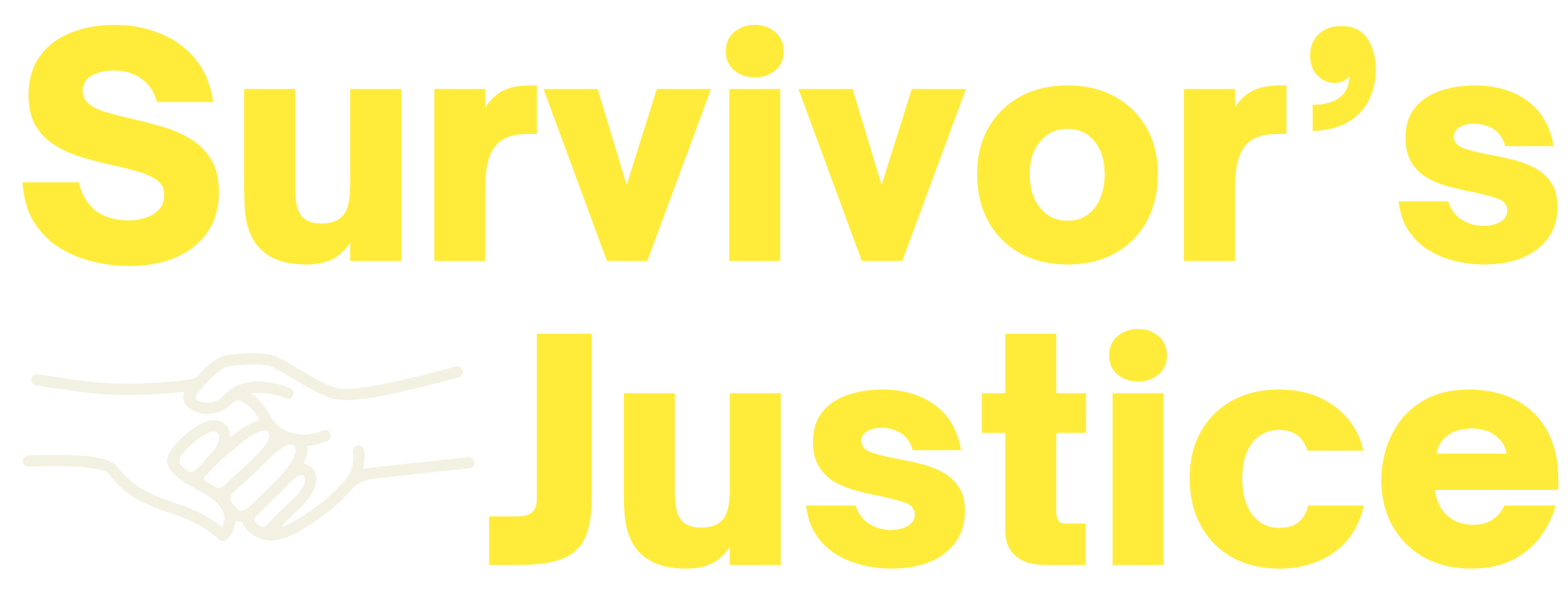What counts as abuse or neglect in juvenile facilities?
Abuse can take many forms — from physical harm and sexual misconduct to coercion, retaliation, excessive force, or even medical neglect. Abuse can also involve staff failing to step in when young people hurt each other, or overlooking risks that should have been dealt with. Neglect takes many forms. Sometimes it’s as simple as not enough staff on duty. Other times, it’s medical care that drags on too long. And too often, it’s kids who should be protected being left with known threats. If you’re unsure whether what happened “counts,” talk to us—confidentially—so we can listen to the details and explain your options.
We’ve put together a plain-English guide that walks through the common warning signs families should look out for.
How to Recognize Signs of Juvenile Detention Abuse → https://survivorsjustice.org/how-to-recognize-signs-of-juvenile-detention-abuse/
Why county-run facilities matter right now — and what SB 823 really means in plain English
When California closed its state Division of Juvenile Justice, responsibility shifted to the counties. On June 30, 2023, the final transfer took place — and with that, the SB 823 realignment was complete. These days, most youth are in county halls and camps — and what counties do with staffing, oversight, and rules matters a lot more now.[1][2][3]
PREA’s minimum staffing rules — what parents need to know
What to do in the next 72 hours (save evidence, protect your child)
- Get medical & mental-health care immediately. Make sure to ask for copies of the records and the discharge notes.
- Photograph injuries (good light, multiple angles) and damaged clothing.
- Save communications: texts, call logs, emails, letters, grievance forms.
- Write a dated summary (who/what/where/when, names/badges if known).
- It’s best not to post about the situation online or talk about it in public. Speak with a lawyer first.
- Write down the names of any possible witnesses — whether they’re staff or other youth — along with the best way to reach them.
- Talk with a lawyer as soon as possible so you don’t risk missing the short deadlines involved.
Deadlines that can cut off your case in California
When a claim is against a public agency, California law gives you only a short time to act. You might have only six months from the incident to file a formal claim — sometimes a year, depending on the case. If the agency turns down your claim, the deadline resets — most families get another six months to take the case to court. But if you miss that step, the case could be tossed. That’s why it’s important to bring in a lawyer early.[6]
Keep in mind, the standard deadlines — like the two-year limit for personal injury — don’t replace the Government Claims Act process when the case involves a public entity.[7]
Records & evidence you can request (CPRA)
County and Facility Resources Families Can Use
Our team publishes pages specific to each facility. On those pages, you’ll find recent inspections, context about safety, and suggestions for what to do moving forward:
- Los Padrinos Juvenile Hall (LA County) → https://survivorsjustice.org/los-padrinos-juvenile-hall-abuse/
- WBarry J. Nidorf Juvenile Hall (LA County) → (publish soon)
- San Diego Juvenile Hall → (publish soon)
If you want to learn more, we’ve pulled together a few broader pieces worth reading:
- Exposing Abuse in Juvenile Halls → https://survivorsjustice.org/exposing-abuse-in-juvenile-halls/
How our lawyers help
- Our team investigates and makes sure evidence is preserved. That can mean filing CPRA requests, reaching out to witnesses, or arranging a medical review.
- Our lawyers make sure all required government claims and lawsuits are filed on time.
- Depending on what’s best for you, we’ll push for a strong settlement or bring the case to court.
- You won’t have to pay anything up front — our lawyers work on contingency, and we’ll explain exactly how that works.
FAQs
My child is still inside the facility. Can I do anything now?
Staff didn’t hit my child, but they looked the other way. Does that matter?
How fast do we need to act?
What if we don’t have “proof” yet?
Is talking to you confidential?
Legal disclaimer
Sources
- https://www.cdcr.ca.gov/insidecdcr/2023/07/05/djj-ceases-operations-transfers-last-youths-to-counties/
- https://www.bscc.ca.gov/s_djjrealignment/
- https://www.cayouthdefenders.org/wp-content/uploads/SB823FactSheetFINAL_LROctober2020.pdf
- https://www.law.cornell.edu/cfr/text/28/115.313
- https://www.prearesourcecenter.org/implementation/prea-standards/juvenile-facility-standards
- https://selfhelp.courts.ca.gov/civil-lawsuit/government-claim
- https://selfhelp.courts.ca.gov/civil-lawsuit/statute-limitations



